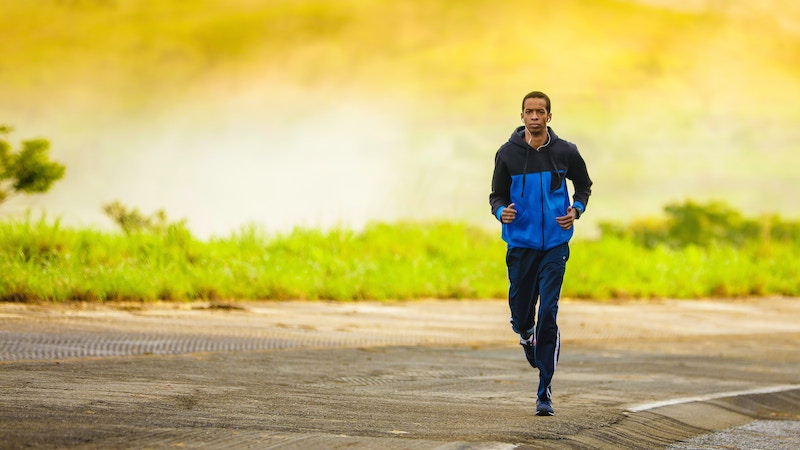As an Osteopath who has worked with many competitive and recreational runners over the years, I’ve come to recognise some of the most common causes of injuries:
- Overload: Increasing training too rapidly or training at too high a volume.
- Poor recovery: Inadequate rest, sleep or nutrition.
- Biomechanics: A huge can of worms!
- Other: Possibly a can and possibly a worm, but not yet clear.
In this article, I’ll be examining Overload and Recovery because that’s where things are most clear and where we can advise most accurately.
By following correct training principles, I believe that we can prevent most running injuries.
OVERLOAD
Many of us might remember the training principles we learnt about in high school Physical Education classes – FITT:
- Frequency (number of sessions per week)
- Intensity (difficulty of each session)
- Time (length of each session)
- Type (run, gym, ride, etc)
For the most part, each training session concentrates on one principle at a time. For example, a training run may be intense (but short in duration and less frequent), or it might be daily (but of low intensity and short duration).
The idea is to put together a program of sessions (mesocycles) over a number of weeks to form a training block (macrocycle) that follows a particular theme. For example, when training for a marathon, an athlete might first focus on increasing the duration of their runs.
It is imperative for athletes to keep track of their accumulated weekly total distance and/or duration in order to minimise the chance of overload. A suggested rule of thumb is to not increase your load (intensity or duration) by more than 10% per week.
In a future blog, I will cover how you can record, track and analyse your training in more detail.
Injuries are often observed when a spike in intensity or duration occurs in a training program.

As you can see above, the rapid increase in weekly running distance was not gradual enough to allow the body to adapt, leading to injury.
POOR RECOVERY
In order to avoid injury, any increase in one of the FITT components requires increased recovery. This might mean having more days of light training, more sleep or consuming extra protein in the minutes and days following a session.
If the body isn’t provided adequate recovery, the damage that occurs during training won’t be repaired, leaving you in a deficit. Once the body recovers past that deficit, it compensates for the increase in training by undergoing adaptation. Adaptations are made in the muscles, bones, tendons, circulatory system and lungs…pretty much everything that has a role in training makes a change.
The type of change you are training to bring about should be reflected in your choice of the type of training you do. For example someone wanting to run 400m very fast will be training very differently to someone wanting to run 5km very fast because the adaptations they require will be different.
Dr Brendan O’Loughlin is an experienced triathlete and long-distance runner with a wealth of experience treating athletes preparing for events and rehabilitating from injury. If you would like to speak with him or to one of our other practitioners about managing your training program, then please feel free to ask a question, contact us or email us at: info@melbourneosteopathycentre.com.au

